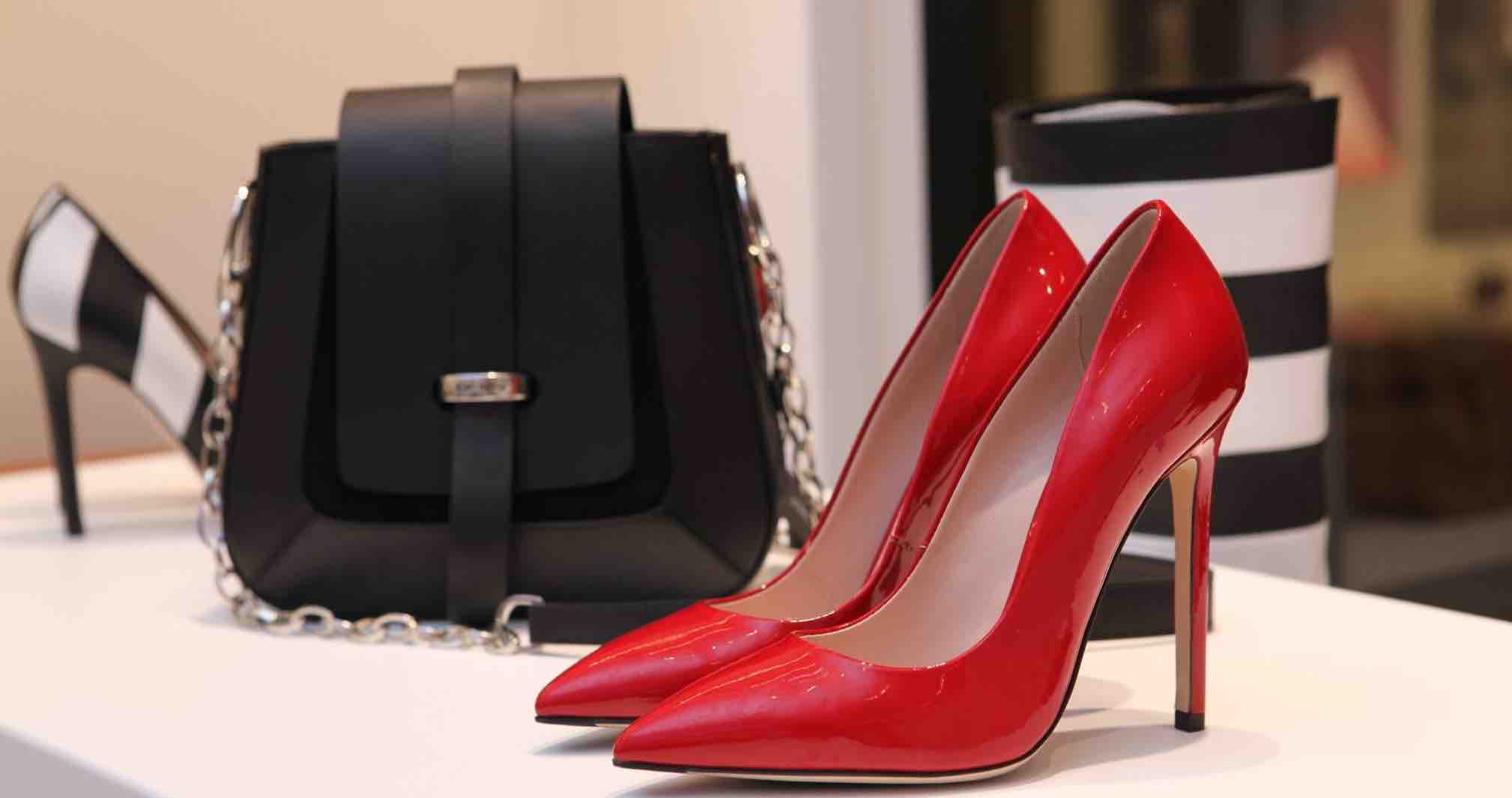
Introduction
Visit a typical KFC fast food restaurant in your city center and ask for a 3-piece fried chicken. It will be strange if the restaurant attendant didn’t ask if you wanted your order with fries and a soda drink. Better still, she might point your attention to a colorful flyer of various bundles; 3-piece with fries and soda, 4-piece with fries, onion rings and soda, and so on. Purchased individually, each
component of the bundle add-up to a higher total price. However, purchased as a bundle (chicken + fries + soda drink), you enjoy appreciable cost savings. This selling model is also applicable at Burger King, Wendy, Pizza Hut, and a host of other modern fast food restaurants. This selling concept or model is known as cross-selling.
What is Cross-Selling?
Cross-selling is a selling model where a customer who purchases a product is encouraged to buy a related product as a complementary add-on or bundle. Individually, each item in the bundle cost more. Together as a bundle, they collectively cost less, and that is the attraction for cross-selling tactics as a selling model. To use a car-buying metaphor, upselling is much like buying a more expensive premium model of a car, and cross-selling is like adding more accessories to the basic model of the same car.
Cross-Selling and Upselling
The concept of cross-selling and upselling are somewhat related. They are both designed to increase the volume of sales. However, while cross-selling is designed to sell complementary products to the same customer, upselling is designed to sell an upgraded edition or version of a product to the same customer. When an airline upgrades a customer from business class to the upper class at a discount price, that is upselling. When a retail fashion store persuades a customer to buy a matching pair of shoes with a handbag, that is cross-selling. Cross-selling complements. Upselling upgrades. The goal of each selling tactics is usually the same: to increase the basket size of purchased items.
As selling tactics, both cross-selling and upselling are not new. In retail marketing, it is rare not to find a customer who, at one time or another has not been cross-sold or up-sold to. In the brick-and-mortar fashion industry, it is a standard sales tool. In e-commerce retailing, more and more retailers now use it to sell more to the same customer, a decision that is made based on a customer’s transaction history in the retail store’s database.
Four Key Components of Successful Cross-Selling Tactics:
- The complementary pairing of products: as a retail store owner or manager, you must make it your duty to know what complimentary products your store carries, how to pair them and in what categories they belong. For instance, shoes and handbags, formal business shirts and cufflinks, business suits and ties. Blazers with an assortment of casual pants, trainers with workout sucks and T-shirts, tennis rackets with tennis balls. For an upscale restaurant retailer, vintage wine before the main course dinner, and an appropriate assortment of after-dinner deserts.
- Logical and relevant suggestions: After purchase, the cross-selling suggestions you make must be both logical and relevant. After an initial purchase of an expensive smartphone, it is logical and relevant to suggest a cell phone protective cover, a wireless earphone, insurance cover against accidents like dropping the smartphone in toilet water.
- Cultivate a sincere rapport: begin the cultivation of a sincerely convincing rapport with your customer, even before they make any purchase. Make your prospective customer feel at home with you and you will learn a lot about what they desire and their pain points. They will let you know the object of their purchase and reason for visiting your store. Perhaps, it’s their wedding anniversary, the arrival of their first child. A new date. A job interview suit. Then direct them to the appropriate product category and after the initial purchase, cross-sell complimentary add-ons as the occasion may warrant.
- Use the psychology of anchoring: a customer who just paid $1,000 for a great pair of the formal business suit will be more likely to spend an additional $200 on accessories. As a guiding rule, research has shown that an expenditure range not exceeding 25 percent on cross-selling is appropriate during a particular shopping trip. Stay within this limit.
- Proximity pairing: items that are sold as compliments should always be paired so that your prospective customer has a visual cue of how the items will go together. Sucks should be close to shoes. Blazers should be close to casual pants. Female under wears should be paired with bra assortments and leggings. In your cosmetic category, shampoos should be close to soaps and body care products, baby oil should not be far from baby powders, diapers with swipes, and so on.
In summary, the traditional retail store cross-selling tactics are art with pronounced advantages. They include:
- It is a valuable vehicle for growing face-to-face customer relationship.
- It is a tool for customer retention and many research have shown that the cost of serving and retaining existing customers is about five times less than the cost of acquiring and growing new customer relationships.
- The response rate for face-to-face cross-selling tactics is about 2 to 5 times more effective than for cool-calls.
- Because face-to-face customer relationship management is more effective, your share of the customer's wallet is correspondingly higher.
- Face-to-face customer relationship management broadens the scope of engagement between you and your customers and the more you sell customized products to your customers the higher the switching cost.
- As your customers buy more from you, you learn more about their peculiar needs and so you are better placed to design customized products to meet those needs.
- Face-to-face customer relationship management, when managed with care can create a near customized sales monopoly for you with the customer.
Evolution of Cross-Selling and Upselling Tactics
In spite of the aforementioned traditional retail cross-selling advantages, modern technologies continue to make great incursions into the traditional face-to-face cross-selling tactics. Before the advent of the Internet, e-commerce and data analytics tools, cross-selling and upselling were intimately interpersonal transaction relationship management process. The retailer used her perception and intuition in making cross-selling recommendations. For instance, in the retail apparel industry, the shop floor personnel recommended appropriate matching handbags for particular dresses. In retail banking, the bank clerk made products’ suggestions based on the transaction records of the customer. Today, a new practice has evolved with the dawn of modern technology. Recommendations are now based on computer-generated customer transaction data. Sales reps still make face-to-face cross-selling recommendations but not at the level of care that was traditionally available. Rather analytics tools now generate data about a consumer segment buying behavior, aggregates the data based on past historical data, and automatically makes generalized cross-selling suggestions. Take the online retail giant, Amazon for instance. Over 35 percent of its sales is derived from online cross-selling of related products. Just after a purchase has been paid, Amazon’s algorithm searches for customers who share common or similar interest as you and then makes a series of recommendations. And not only that, you are shown your purchase history, browsing the history, and products still in your checkout basket.



